Cordless circular saws are a game changer for any DIY enthusiast or professional builder. These tools give you the freedom to move around without being tethered to an outlet, making your cuts quick and easy wherever you are. With power, portability, and precision, there’s a cordless circular saw out there that’s perfect for your next project.
Cordless Circular Saws
Experience the freedom of cordless cutting with precision and power in every stroke
Product List
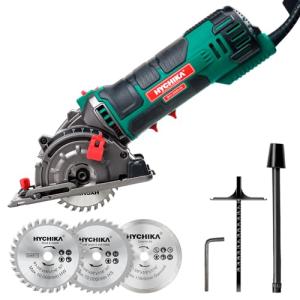
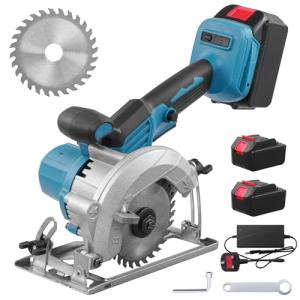

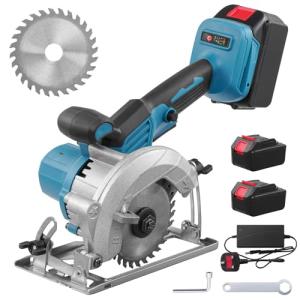
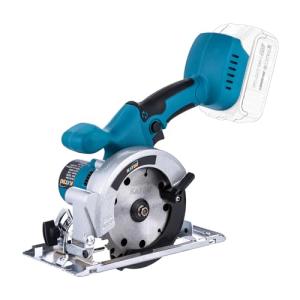
KATSU 21V Cordless Circular Saw
Katsu Tools
Product Review Score
4.79 out of 5 stars
228 reviews$53.02

DEWALT 18V XR Circular Saw
Dewalt
Product Review Score
4.53 out of 5 stars
215 reviews$310.22 $222.71
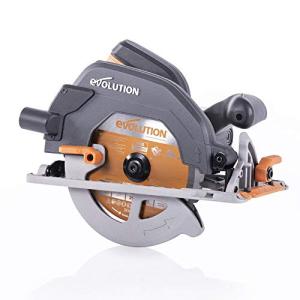
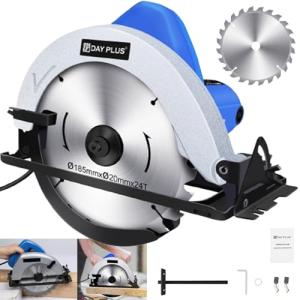

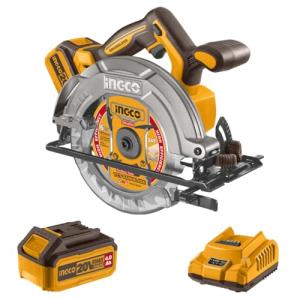
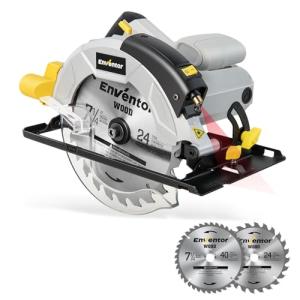
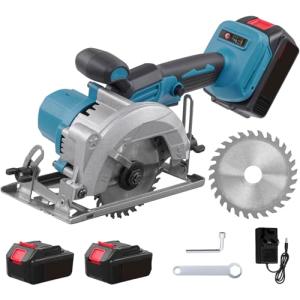
When it comes to power tools, the cordless circular saw stands out as one of the most versatile and essential tools for both professional contractors and DIY enthusiasts. Combining portability and power, these saws empower users to tackle a variety of cutting tasks with ease. This blog post will dive into the essential features, benefits, considerations when choosing a cordless circular saw, and some recommendations to make your decision easier.
What is a Cordless Circular Saw?
A cordless circular saw is a handheld power tool that uses a toothed or abrasive disc or blade to cut through various materials such as wood, metal, and plastic. Unlike traditional circular saws that require a power outlet, cordless models utilize rechargeable batteries, thus offering greater mobility and flexibility in different work environments. This makes them particularly useful for jobs where electrical outlets may not be readily available.
Key Features to Look for in a Cordless Circular Saw
Understanding the key features can significantly enhance your shopping experience. Here’s a list of the most important features to consider:
| Feature | Description |
|---|---|
| Blade Size | Common sizes include 6.5, 7.25, and 8 inches; larger blades cut deeper. |
| Power Source | Typically powered by lithium-ion batteries; the higher the voltage, the more powerful the saw. |
| Cut Depth | Refers to how deep the saw can cut at various angles; depth varies with the blade size. |
| RPM (Revolutions per Minute) | Higher RPM offers faster cutting; look for at least 5000 RPM. |
| Weight | Lighter models are easier to handle but may compromise power; find a balance based on your needs. |
| Adjustable Base Plate | Allows for bevel cuts—important for creating precise angles. |
| Safety Features | Look for electric brakes, blade guards, and safety switches. |
| Ergonomics | A comfortable grip and balanced design are crucial for prolonged use. |
Benefits of Using Cordless Circular Saws
Here are some significant advantages of using a cordless circular saw:
- Portability: The absence of cords allows you to work in various locations without being tied down to an electrical outlet.
- Ease of Use: With a straightforward operation, these saws are generally easy to handle, making them great for beginners.
- Versatility: Ideal for cutting wood, plywood, drywall, and some metals, these saws can handle a range of projects from construction to home improvement.
- Increased Safety: Many modern cordless saws come equipped with safety features that enhance user protection.
- Reduced Damage to Work Area: Without cords to manage, there’s less risk of tripping hazards, making your workspace safer.
Considerations When Choosing a Cordless Circular Saw
When selecting the right cordless circular saw, consider the following elements:
- Battery Life: Opt for models with longer battery life or the option to easily swap batteries.
- Weight and Balance: Ensure the saw feels comfortable and balanced while cutting to reduce fatigue and maintain control.
- Brand and Warranty: Research reputable brands such as DeWalt, Milwaukee, Makita, and Bosch. Check warranty terms to know what’s covered.
- Price Range: Set a budget but be willing to invest in quality. You often get what you pay for with power tools.
Recommended Cordless Circular Saws
| Model | Blade Size | Voltage | RPM | Weight | Price |
|---|---|---|---|---|---|
| DeWalt DCS570B | 7.25 inches | 60V | 5800 | 8.6 lbs | £249.00 |
| Milwaukee 2732-20 | 7.25 inches | 18V | 5800 | 10.5 lbs | £199.00 |
| Makita XSR01Z | 7.25 inches | 18V | 5100 | 7.9 lbs | £179.00 |
| Bosch GKS18V-25GCE | 7.25 inches | 18V | 5300 | 10.0 lbs | £229.00 |
| Ryobi P508 | 7.25 inches | 18V | 5000 | 7.5 lbs | £109.00 |
FAQs
1. How long does the battery last on a cordless circular saw?
The battery life varies based on the brand and usage but typically lasts anywhere from 30 to 60 minutes of continuous use.
2. Can I cut metal with a cordless circular saw?
Yes, if you use the appropriate blade designed for metal cutting, many cordless circular saws can effectively cut thin steel or aluminum sheets.
3. How do I maintain my cordless circular saw?
Regular maintenance involves keeping the blade sharp, cleaning the saw after use, checking battery contacts, and ensuring all moving parts are free from debris.
4. What safety gear should I wear while using a cordless circular saw?
Always wear safety glasses, hearing protection, and a dust mask if cutting material that produces fine particles.
5. Can I use my cordless circular saw for outdoor projects?
Absolutely! The portability of a cordless circular saw makes it ideal for outdoor work, as there is no need for an accessible power source.
Cordless circular saws are a crucial addition to the toolkit of any woodworker, contractor, or DIY enthusiast. They combine power and convenience, allowing users to make precise cuts easily anywhere. By considering the features, benefits, and the recommendations provided in this guide, consumers can make informed choices that enhance their woodworking and construction tasks. Whether you are building a deck, framing a house, or simply making home repairs, a cordless circular saw is an indispensable tool that will contribute significantly to your success in any project.